‘People are really in their element’: Martin Parr on capturing bar culture, and his look back with Campari
Magnum Photos and Campari join forces for ‘Bar Stories on Camera’, currently on view in Turin, including works by Martin Parr
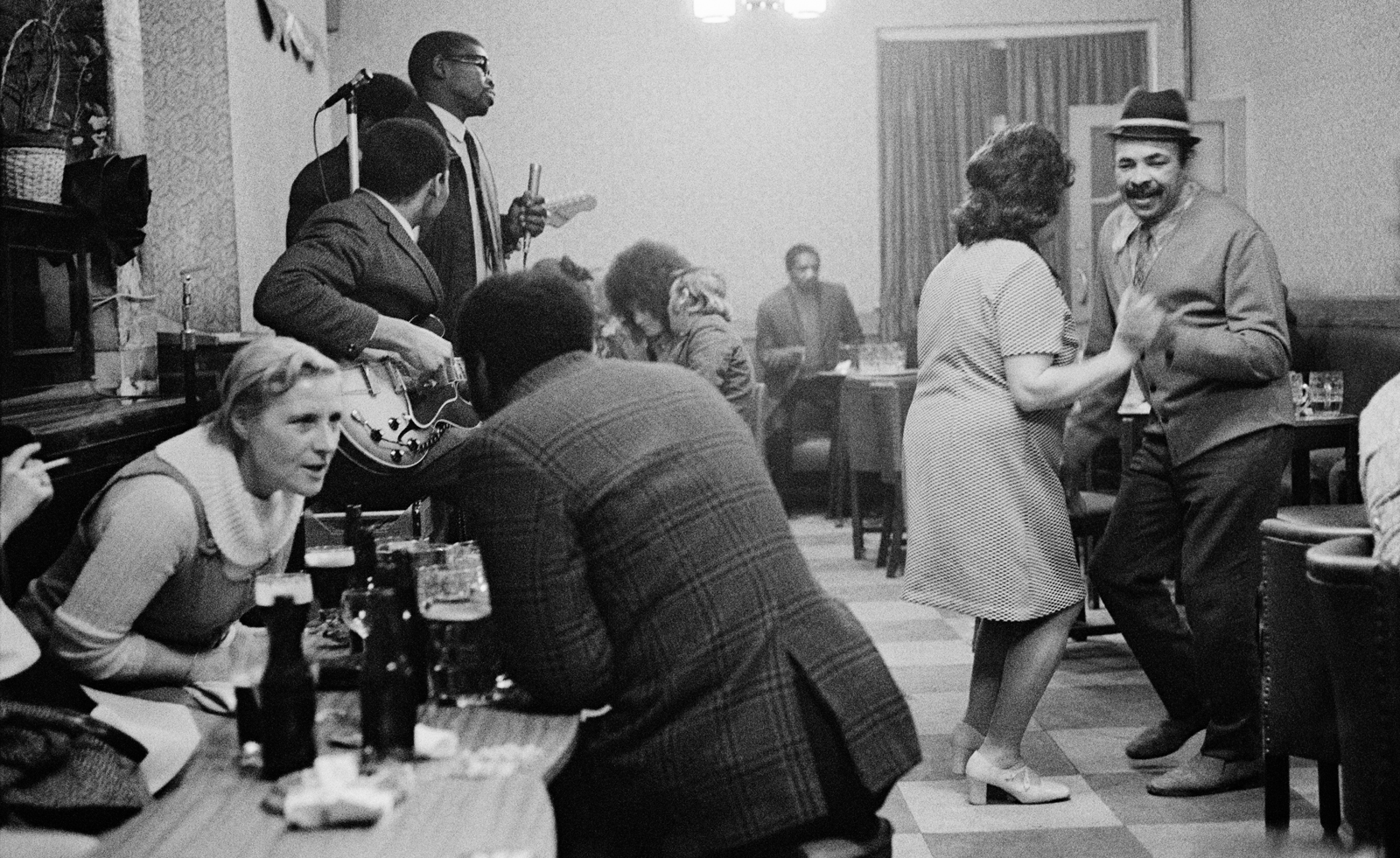
What comes to mind when thinking about stock photography? Is it the record kept by brands of products, placements and situations relating to their business? It could sound quite pedestrian but if that brand was a drink, then the possibilities within this body of photography are many. In celebration of its archive, Campari has joined forces with legendary agency Magnum Photos to combine documentary photography of bars around the world with its own images.
‘Bar Stories on Camera’, now in its third iteration, has already visited Galleria Campari in Milan and is currently on view at Camera in Turin (until 6 October 2024). On its way, the show stopped at Art Basel 2024 in Basel for a special edition curated by British photographer and national treasure Martin Parr.
In the Turin show, Parr’s work – known for its focus on people celebrating, from the hedonism of 1980s Tories to the coming together of people at the races – features alongside fellow Magnum masters including Robert Capa, Elliott Erwitt, and Ferdinando Scianna, in a selection that unites images from the last 90 years.
Martin Parr on ‘Bar Stories on Camera’
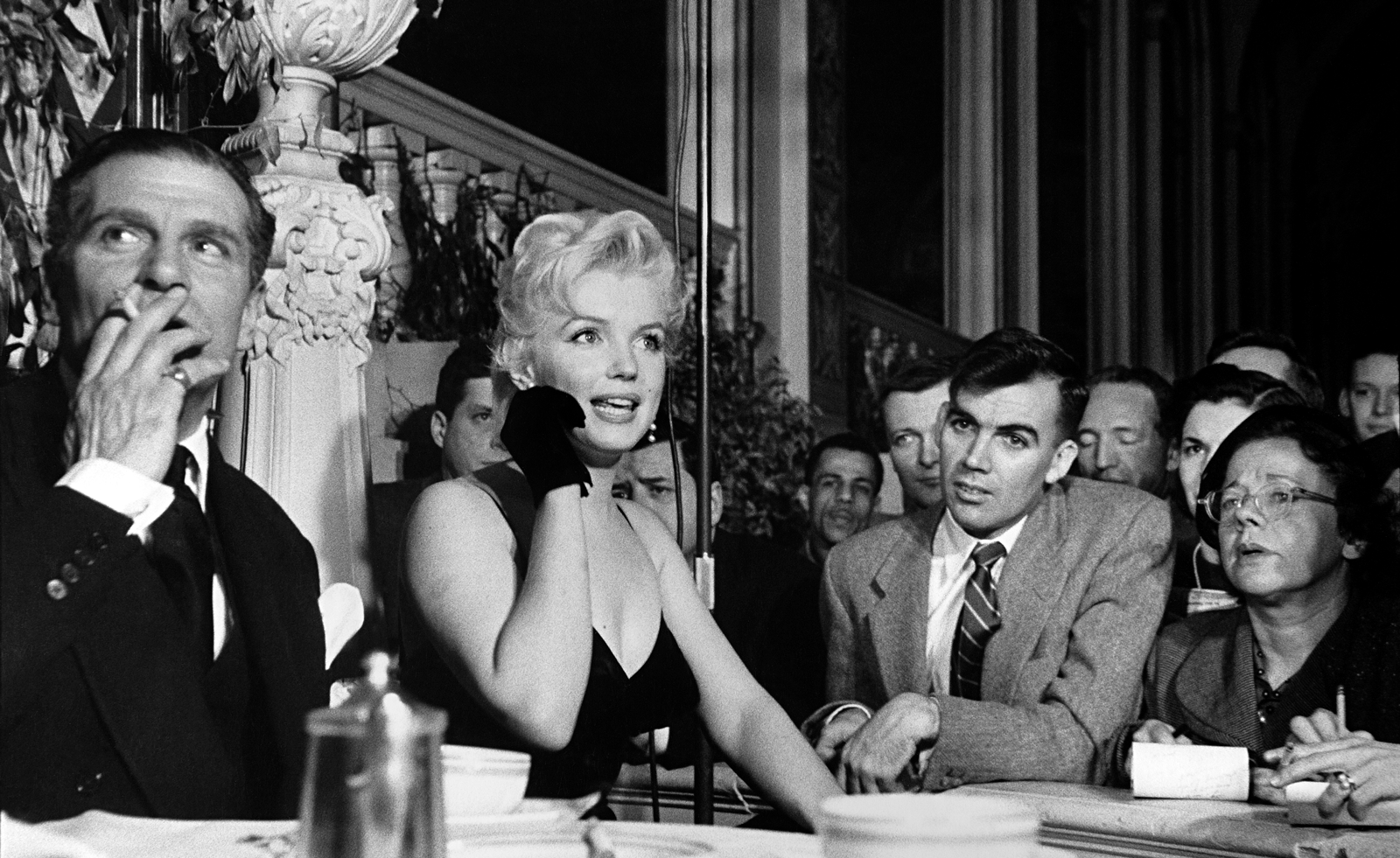
New York, USA, 1956. Marilyn Monroe and Laurence Olivier at the premiere of The Prince and the Showgirl. By Magnum photographer Eve Arnold
Parr has been shooting people at leisure since he began taking photographs, and the earliest example of his work in ‘Bar Stories’ was taken in 1973 in Manchester when he was a student, as he told Wallpaper* earlier this year.
‘I studied photography in Manchester, so that's a downtown bar near Canal Street,’ he said of the shot's location. ‘I can't remember the exact place, but I used to go out there, in the evening, and just take my camera with me. You can see people dancing and I like that there's a mix of diversity in there.’
Parr told us he takes many more bad photos than good ones, and the bustling environments that have been the focus of his work mean chance plays a huge role in the results.

USA. New Orleans. 1950. By Magnum photographer Elliott Erwitt
‘It feels a challenge, to try and work out how you get a better one and also try and work out your connection to the world through photography,’ he said. ‘How you define what a good picture is [is] impossible to say; if I knew I'd write it down and retire. But that's the magic of photography, you never quite know when a good picture is going to show up. So that's exciting and, of course, when you go out, you hope to and expect to take a good picture, but most of the time, you don't. I have very high standards; I reject so many of my own pictures. But if you're there in the right place at the right time, you're more likely to get something and you need to take all these bad pictures to get a good one.’
Wallpaper* Newsletter
Receive our daily digest of inspiration, escapism and design stories from around the world direct to your inbox.
‘Once the place is up and running and rocking, that's it. You've got the freedom’
Martin Parr
Going through Campari’s archive for the Art Basel show’s curation, Parr’s mission was to simply to ‘pick the best pictures’, he said, and create a balance between the colour and black and white photographs.
What might have been a simple logging of a time and a place when an image was shot takes on new meaning when seen through the lens of history. ‘[The images are] all coming together under the theme of bars, of course, and this is about Campari, so you see Campari being advertised, but this one,’ he explained, gesturing to a photograph, ‘is from the day the divorce became legal in Italy, it's on the headline of a newspaper. Now, of course, you don't see people reading newspapers, but you see people using smartphones.’

Germany. 1963-1964. From the Galleria Campari Historical Archive
An expert on capturing subjects in the throes of abandon, Parr observed, ‘If people are dancing, they very rarely say anything, they're too busy having a good time. So dancing is one of those things which is quite neutral. People may question, what are you doing? Why are you doing it? Quite understandably but once the place is up and running and rocking, that's it. You've got the freedom and people really are in their element, in their essence.’
Campari’s cleverness in mixing Magnum photography with anonymous documentation from its vaults is that we see the expert eye in both, and in what has been captured over the decades.
The current ‘Bar Stories’ exhibition is at Camera, Turin, and includes 22 images from the Galleria Campari Historical Archive and 28 from Magnum’s archives. Until 6 October 2024
magnumphotos.com
camera.to/en/mostre/bar-stories-on-camera-2/
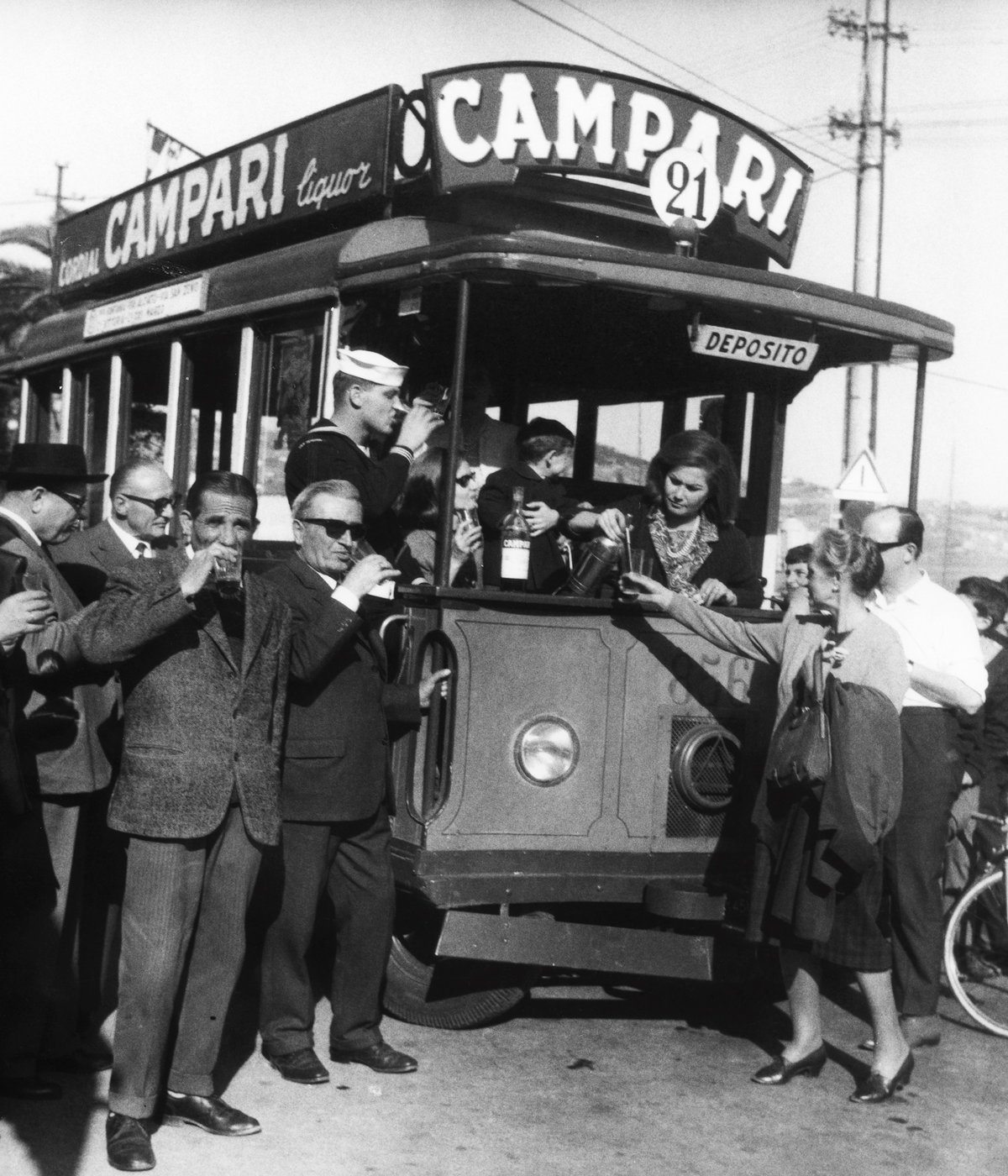
Italy. 1950s. From the Galleria Campari Historical Archive
Amah-Rose Abrams is a British writer, editor and broadcaster covering arts and culture based in London. In her decade plus career she has covered and broken arts stories all over the world and has interviewed artists including Marina Abramovic, Nan Goldin, Ai Weiwei, Lubaina Himid and Herzog & de Meuron. She has also worked in content strategy and production.
-
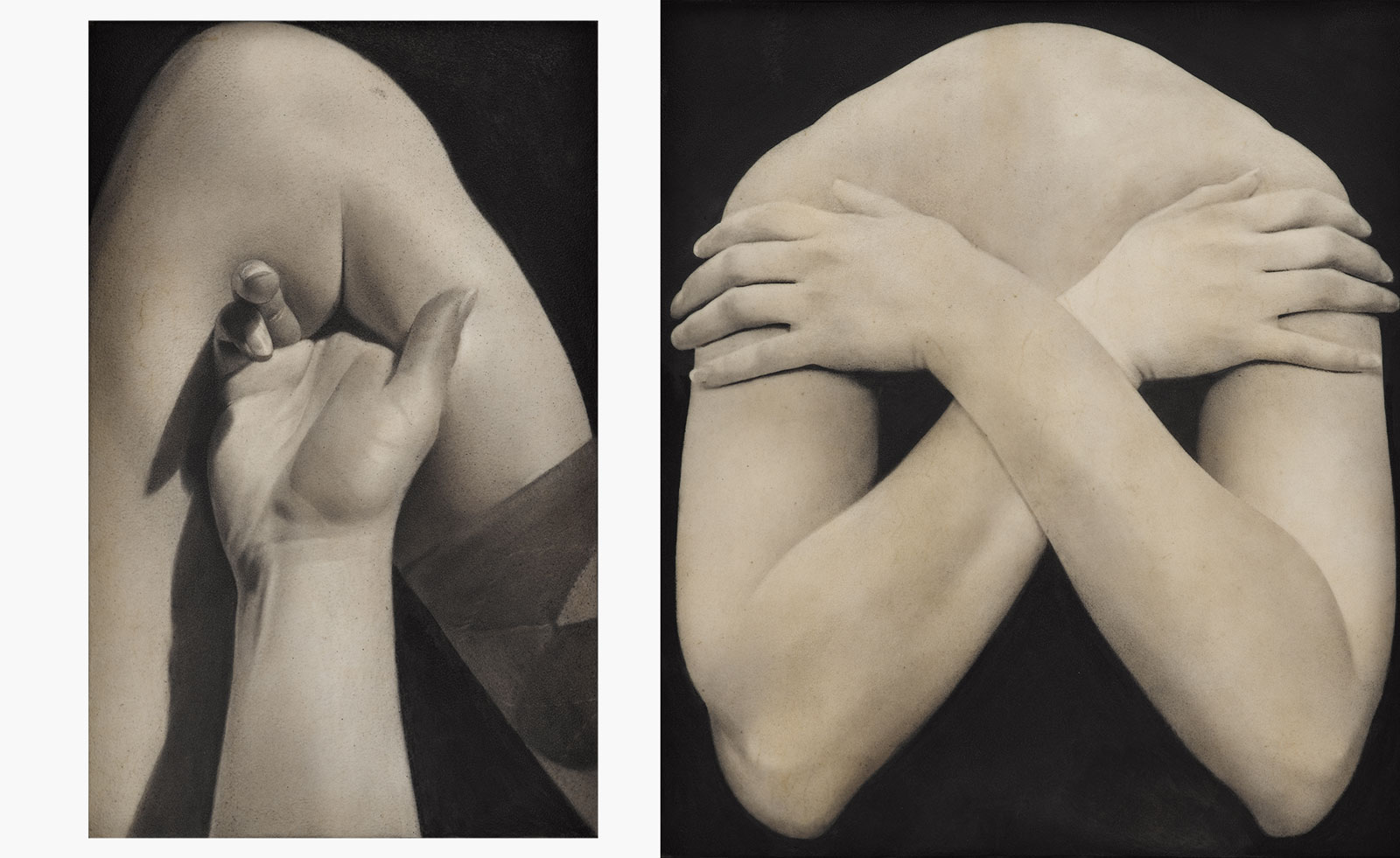 Put these emerging artists on your radar
Put these emerging artists on your radarThis crop of six new talents is poised to shake up the art world. Get to know them now
By Tianna Williams
-
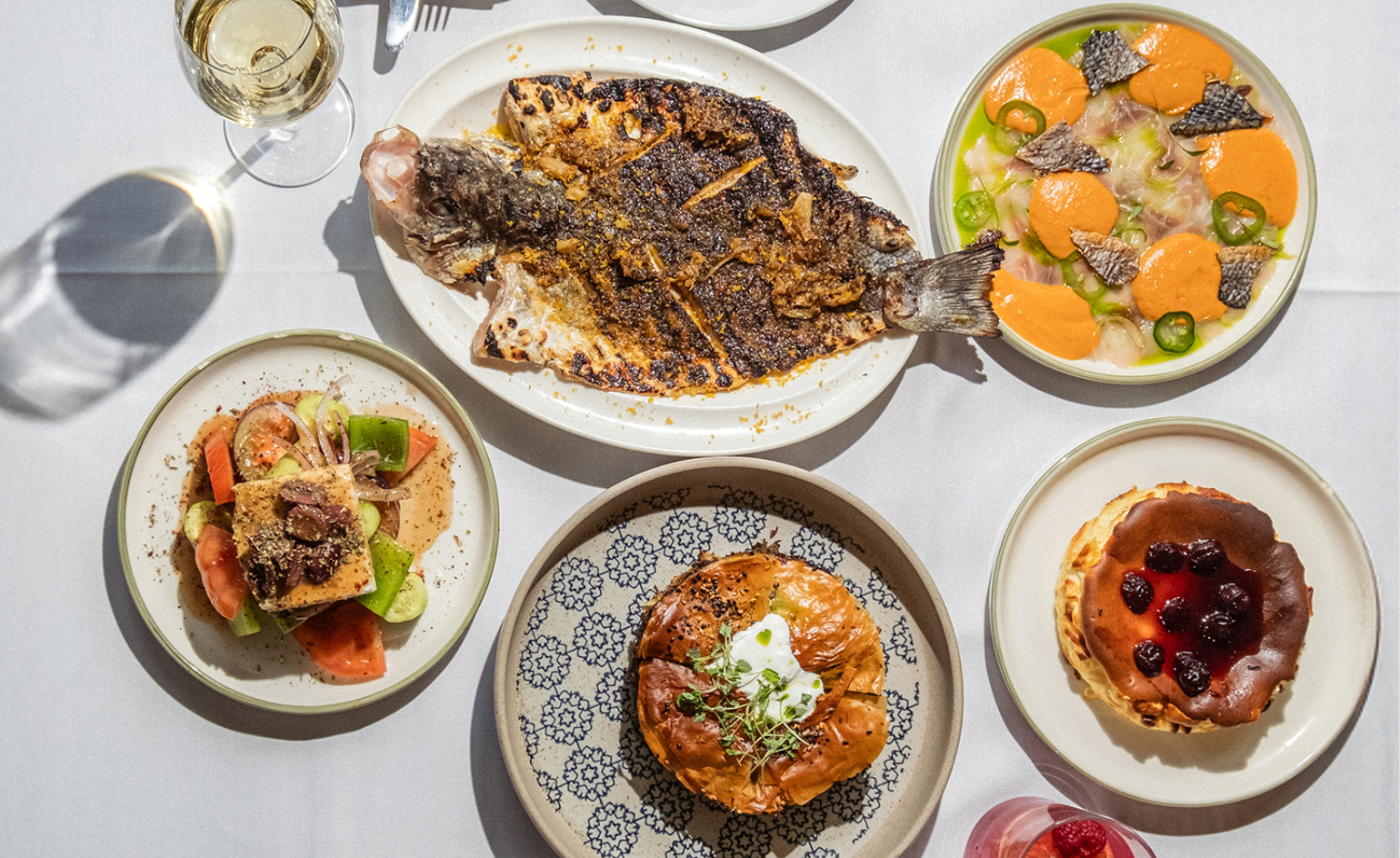 Dining at Pyrá feels like a Mediterranean kiss on both cheeks
Dining at Pyrá feels like a Mediterranean kiss on both cheeksDesigned by House of Dré, this Lonsdale Road addition dishes up an enticing fusion of Greek and Spanish cooking
By Sofia de la Cruz
-
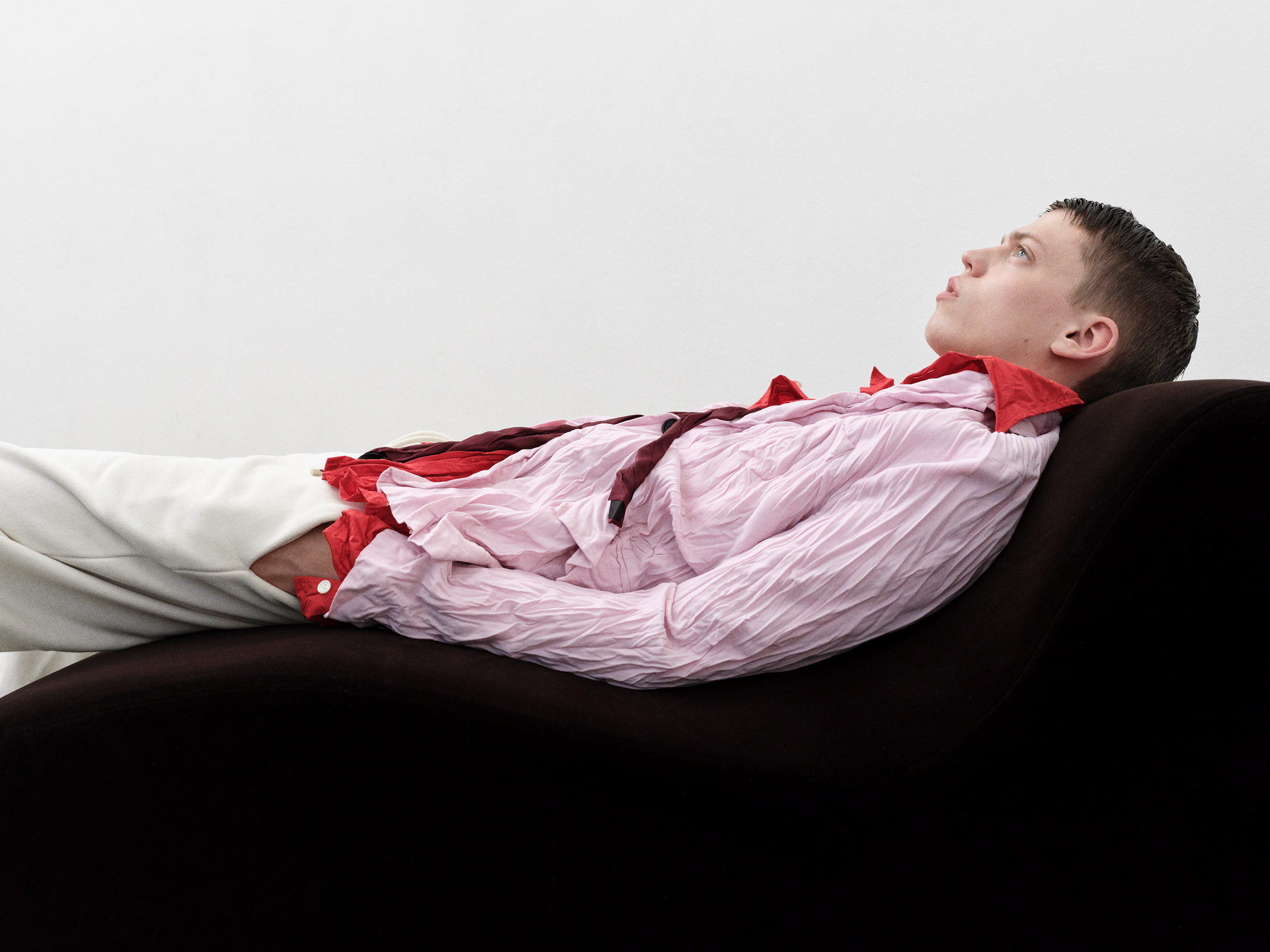 Creased, crumpled: S/S 2025 menswear is about clothes that have ‘lived a life’
Creased, crumpled: S/S 2025 menswear is about clothes that have ‘lived a life’The S/S 2025 menswear collections see designers embrace the creased and the crumpled, conjuring a mood of laidback languor that ran through the season – captured here by photographer Steve Harnacke and stylist Nicola Neri for Wallpaper*
By Jack Moss
-
 New Magnum Square Print Sale: what to buy, from Roger Deakins to Alfredo Jaar
New Magnum Square Print Sale: what to buy, from Roger Deakins to Alfredo JaarThe new Magnum Square Print Sale (17–23 April 2023) looks beyond the agency’s roster for the first time, inviting artists, filmmakers, and fellow photographers to join alongside Magnum Photographers
By Harriet Lloyd-Smith
-
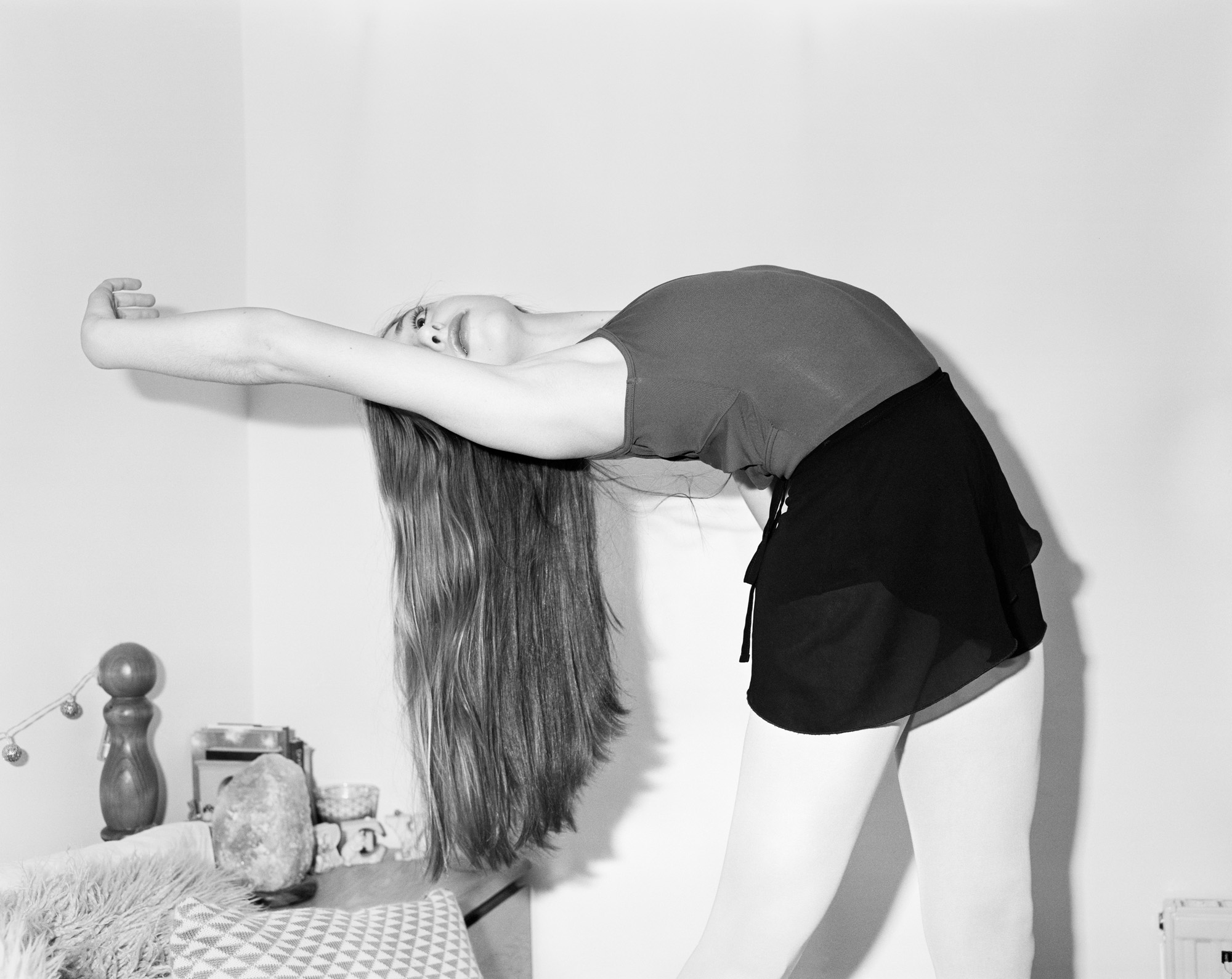 Magnum Photos launches new Square Print Sale
Magnum Photos launches new Square Print SaleTitled ‘Now’, the latest Magnum Photos print sale (until 23 October 2022) features work from 31 photographers, curated with The Photographers’ Gallery, London
By Sophie Gladstone
-
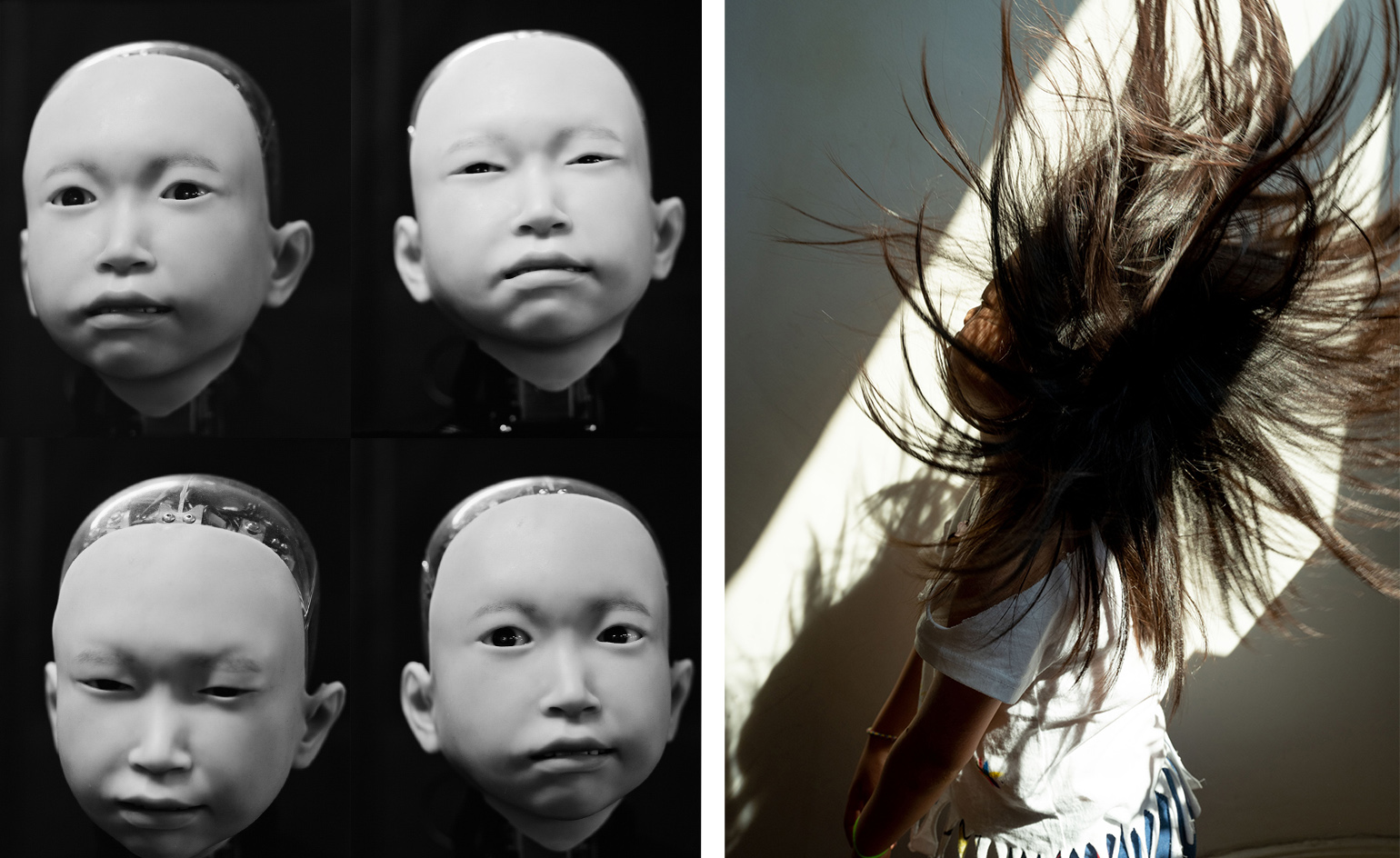 Olivia Arthur on expanding photography and minimising preconceptions
Olivia Arthur on expanding photography and minimising preconceptions‘Through the lens’ is our monthly series that spotlights photographers who are Wallpaper* contributors. Here we explore the vision of Magnum photographer Olivia Arthur
By Sophie Gladstone
-
 Sensuality and strength: Olivia Arthur photographs Saint Laurent for new exhibition
Sensuality and strength: Olivia Arthur photographs Saint Laurent for new exhibitionOlivia Arthur is one of six photographers taking part in the latest chapter of Saint Laurent’s ‘Self’ project – this time, an exhibition in collaboration with Magnum Photos. Here, she tells Wallpaper* more
By Jack Moss
-
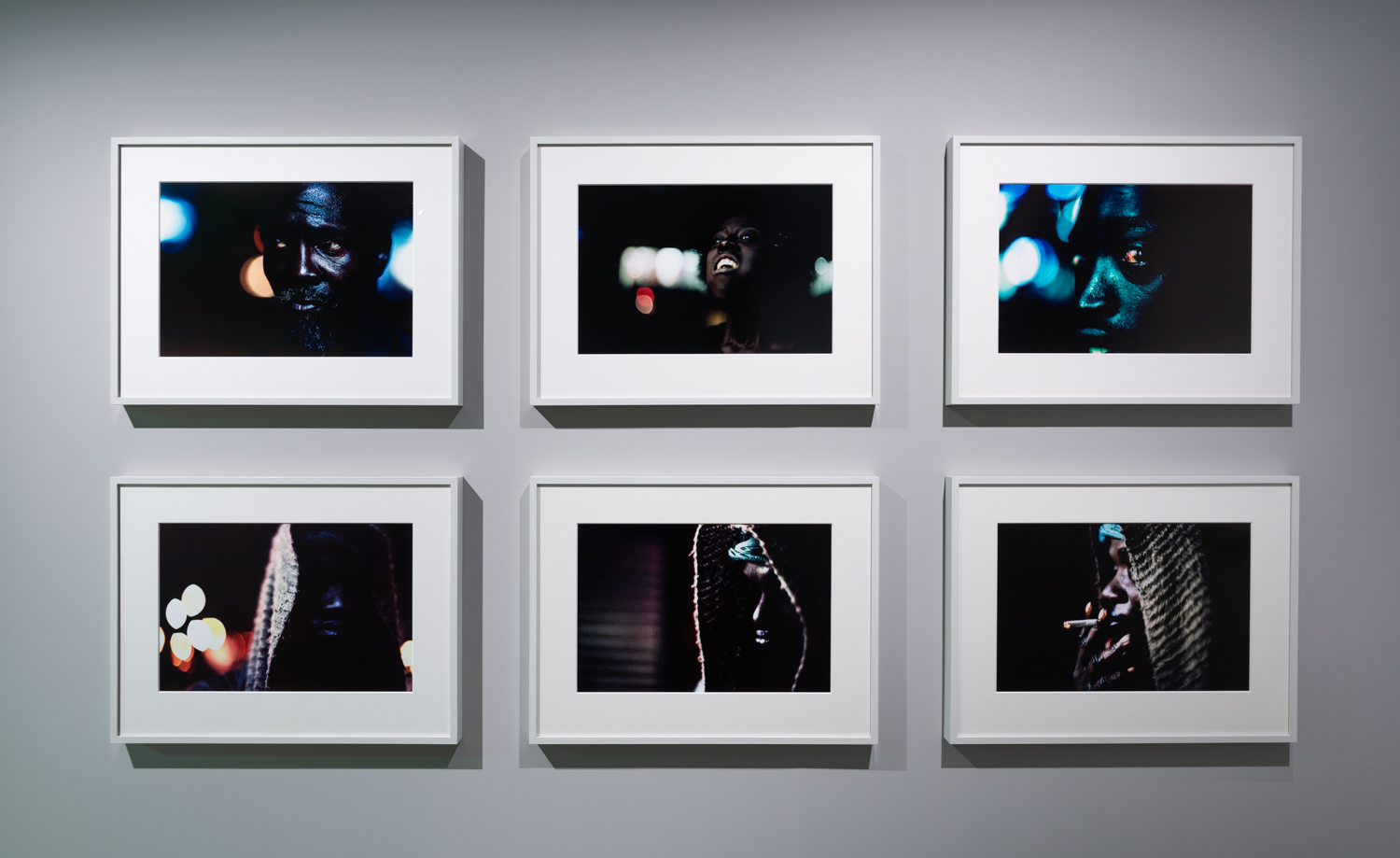 Magnum Photos’ new Paris gallery spotlights past and future
Magnum Photos’ new Paris gallery spotlights past and futureMagnum Photos expands its footprint with a new gallery space in Paris, inaugurated with multigenerational joint show ‘Bruce Davidson & Khalik Allah: New York’
By Amy Serafin
-
 Magnum photographer Olivia Arthur on ‘culture, people and machines’
Magnum photographer Olivia Arthur on ‘culture, people and machines’The Photography Show 2021 at the NEC Birmingham hosts a discussion forum where visual talent views the world via the prism of humanity and technology, imagination and reality
By Simon Mills
-
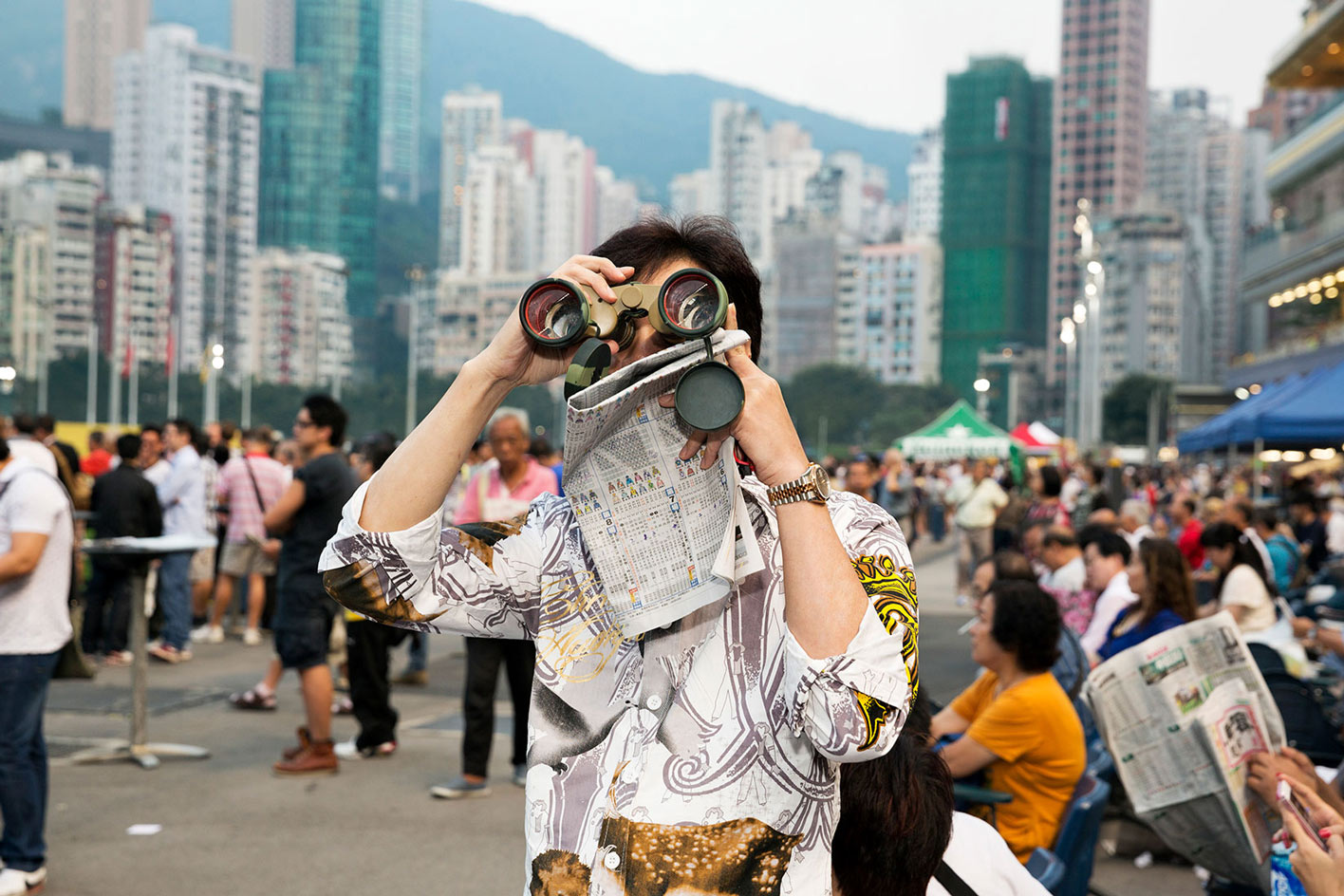 Magnum photographers on finding escape in image-making
Magnum photographers on finding escape in image-makingAvailable at $100 each until 18 July 2021, Magnum Photos square print sale captures different ways to find escapism, break free or make a getaway
By Harriet Lloyd-Smith
-
 Magnum Photos’ Square Print Sale celebrates happy accidents
Magnum Photos’ Square Print Sale celebrates happy accidentsAvailable for one week only, Magnum Photos’ $100 Square Print Sale returns with a focus on unexpected moments that led to iconic images
By Sophie Gladstone